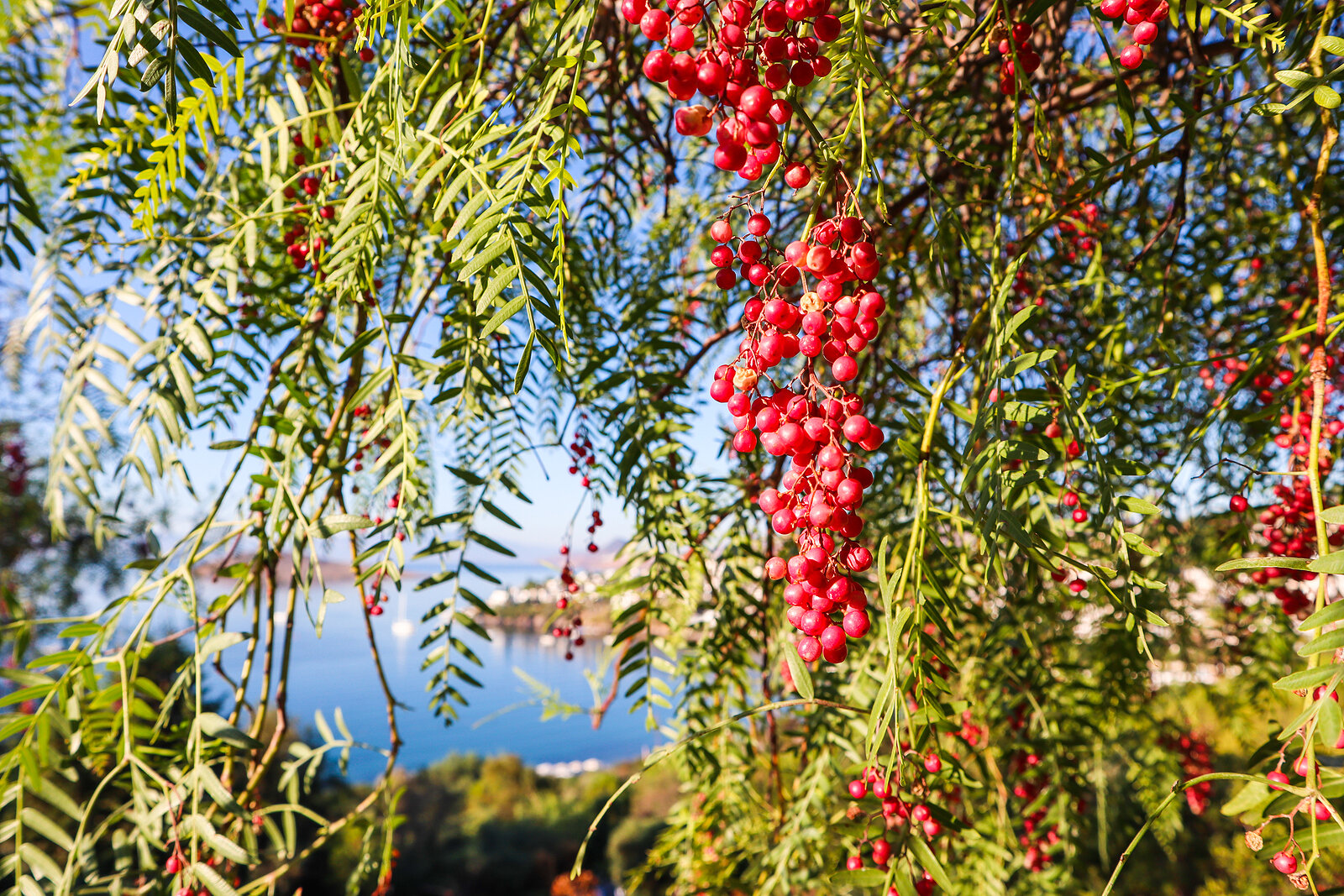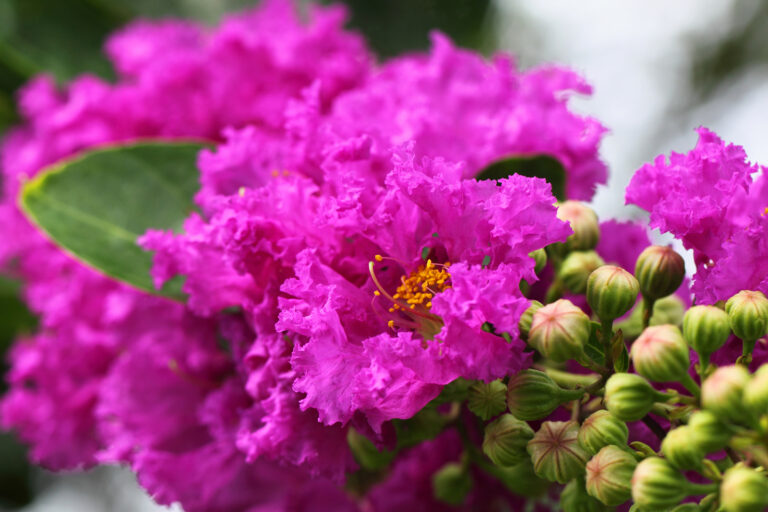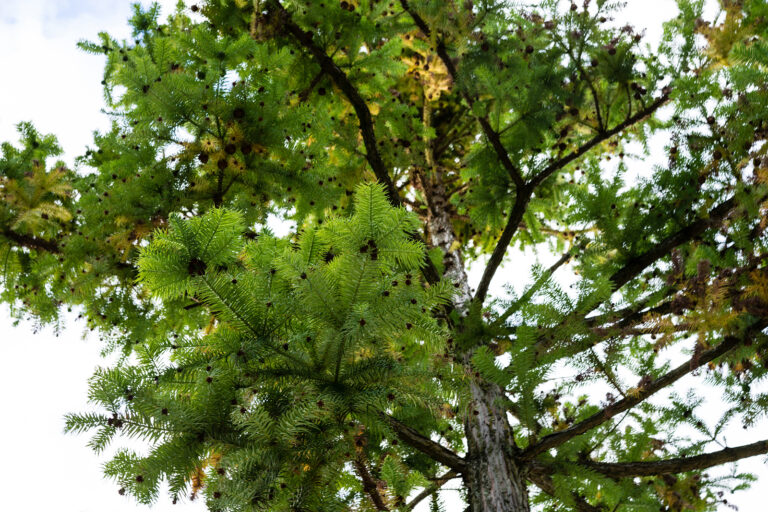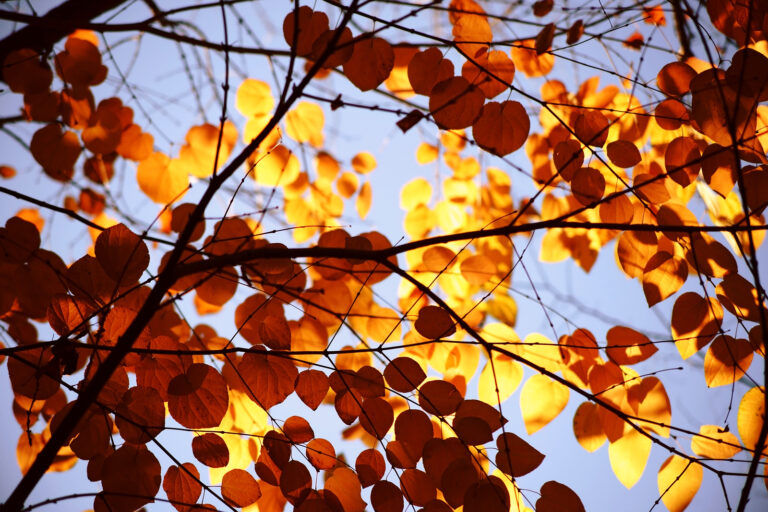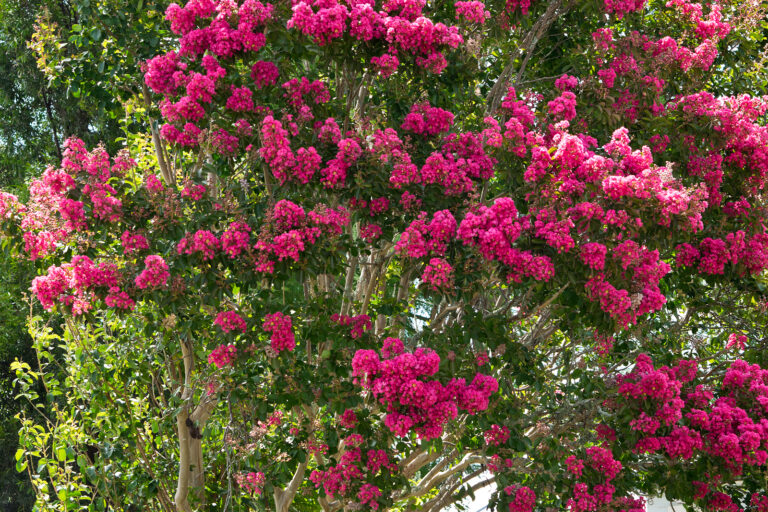How to Grow Schinus – Pepper Tree
Schinus, commonly known as pepper tree or Brazilian pepper tree, is a genus of plants that are often recognized for their attractive foliage, colorful berries, and hardiness. Two popular species include:
- Schinus molle (California or Peruvian pepper tree) a large evergreen that grows from 25 to 40 feet tall with a large broad canopy to 40 feet across. The foliage is comprised of light green leaves that are narrowly divided. The tree bears tiny, yellow flowers spring through summer and rose color berries in fall and winter.
- Schinus terebinthifolia (Brazilian pepper tree) a large shrub to medium tree 20 to 30 feet high and wide with dark green leaves divided into many rounded leaflets. Flowers are creamy yellow in late summerl; showy berries mature in fall and winter.
Both species are valued for their ornamental beauty, although they can be invasive in certain regions, so it’s important to check local regulations before planting.
The Schinus genus is a small group of evergreen trees, about 28 species, that are native to many regions throughout South America. Several species are planted in western gardens as street and shade trees in both residential and commercial landscapes.
Schinus Characteristics
- Foliage: Schinus has finely divided, feathery, evergreen leaves that resemble those of ferns or willows. The foliage often has a soft, weeping appearance.
- Height: Schinus molle can grow quite large, up to 30-40 feet tall and wide, with a spreading, open canopy. Schinus terebinthifolia tends to be more shrubby, reaching 15-30 feet.
- Berries: One of the main attractions of the Schinus tree is its clusters of small, round, red or pink berries, which appear in late summer or fall and persist through winter. These berries are often referred to as “pink peppercorns” (although they are not true pepper).
- Flowers: Small, creamy-white or yellow-green flowers appear in panicles, leading to berry formation.
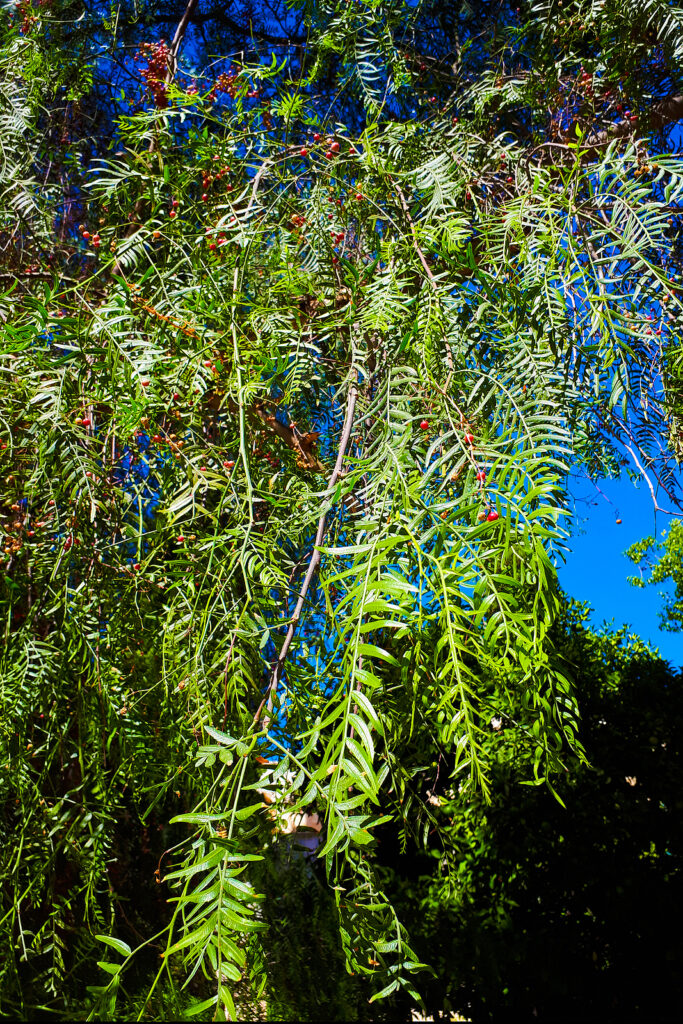
How to Use Schinus in the Garden
- Shade Tree: Schinus molle is an excellent choice for providing dappled shade due to its broad canopy and weeping branches. It works well in larger landscapes where its size can be accommodated.
- Focal Point in Large Gardens: The elegant, arching form and attractive berries make Schinus a standout feature in large gardens or parks. It adds texture and color year-round, especially with the contrast of its green foliage and red berries.
- Wildlife Attraction: The berries attract birds, and the flowers provide nectar for bees and other pollinators, making Schinus a good addition to wildlife-friendly gardens.
- Windbreak or Screening: Its dense, evergreen foliage can serve as a natural windbreak or privacy screen. Plant it along property lines or where you need a year-round visual barrier.
- Drought Tolerant Garden: Schinus trees are highly drought-tolerant once established, making them a great option for xeriscaping or low-water landscapes in regions with dry climates. They thrive in poor soil and harsh conditions, contributing to their reputation as hardy plants.
- Mediterranean or Southwestern-Style Gardens: Their loose, airy structure and tolerance for heat make Schinus trees ideal for Mediterranean or desert-themed landscapes. Pair them with succulents, agaves, or lavender for a cohesive, dry-tolerant garden.
How to Grow and Care for Schinus
- Sun Exposure: Full sun to partial shade. Schinus thrives best in sunny spots but can tolerate light shade.
- Soil: Prefers well-draining soil but is highly adaptable to poor or sandy soils.
- Watering: Drought-tolerant once established, but regular watering is needed when young. Overwatering should be avoided.
- Pruning: Can benefit from regular pruning to maintain shape and remove dead or overcrowded branches. Pruning also prevents it from becoming too invasive.
- Frost Sensitivity: Schinus is frost-sensitive, particularly S. molle, and may require protection in colder regions.
Schinus Potential Problems
- Invasiveness: In some regions, especially in places like California, Florida, and parts of Australia, Schinus molle and Schinus terebinthifolia are considered invasive species due to their aggressive growth and ability to outcompete native plants. Before planting, verify whether Schinus is appropriate for your area.
- Allergy Warning: Some people may experience allergic reactions to the sap or berries.
When used in the right context, Schinus can be a beautiful, low-maintenance tree that adds character and wildlife appeal to your garden. Just be mindful of its potential to spread in non-native areas.

